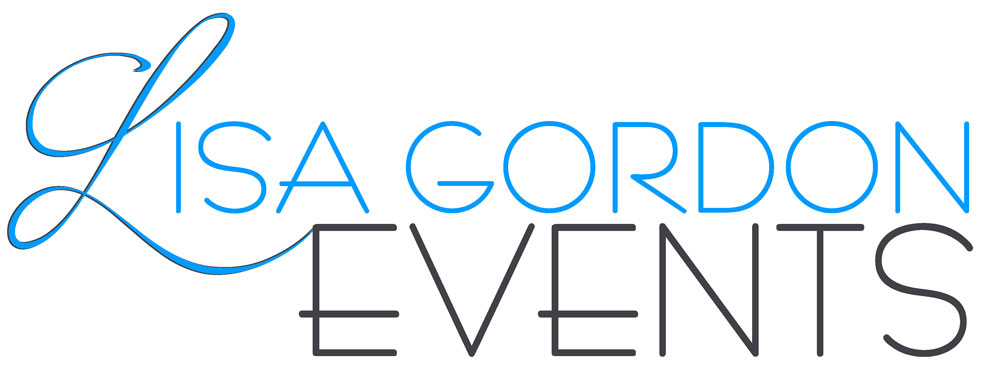I see a lot of online discussions about wedding colors, and it has gotten me to thinking. Why are wedding colors so important? Where did they come from? How have they become a necessary part of wedding planning?
Wedding websites gush with statements such as this:
There’s no question: choosing wedding colors is one of the earliest, trickiest tasks a bride has to cross off the list. You can’t even talk [to] your florist until you’ve worked this out.
(From Favor Ideas.)
I’m pretty sure that in my mother’s day, there was no such thing as wedding colors. Tablecloths were white; flowers were whatever color you liked; maybe you had an accent color for monogrammed napkins; and everything else was white. Sometime since then, wedding colors have become seemingly mandatory.

Unity sand and contrasting flowers. Photo by Magical Moments Photography.
I will say this in favor of choosing colors: If you’re not having a white wedding, when creating elaborate decorations, it is much easier to come up with a pleasing decor if you are working from a limited color palette. Choosing two or three colors and sticking with them makes the design much more likely to be successful.
On the other hand, I don’t think that it is necessary to fetishize a pair of colors the way some of the bridal magazines would have you do. TheKnot.com puts it very well:
We should point out that overdoing it with a matchy-match look is entirely possible. (You don’t want your guests thinking, Um, yeah, lavender…we get it.)
At the same time, that same website devotes pages and pages to wedding colors. I think it is possible to strike a balance: Know your color scheme but don’t become a slave to it. Above all, don’t think that you can’t get married without one.
A very thoughtful couple I worked with a couple of years ago chose their color scheme very carefully and made it unusually meaningful. Each of them chose a color that made them think of their spouse-to-be. They then used the colors and their meanings in their wedding vows. And those were their wedding colors. As the guests enjoyed the reception, when they saw the ribbons tied around the candles or the unity sand the couple had poured during the ceremony, they were reminded of their beautiful vows and the real meaning of the day.
This couple also did not use their two colors exclusively. The cake used one of the colors and a contrasting color. The wedding party wore the other color, mostly. But the flowers (with the exception of the groom’s boutonniere) were all in contrasting bright colors; the place cards didn’t match at all; and still everything looked and felt like a unified whole.
The lesson here is, I think, that thinking about color is very important when planning a wedding reception. It should not, however, become more important than the main event, which is getting married.

Recent Comments